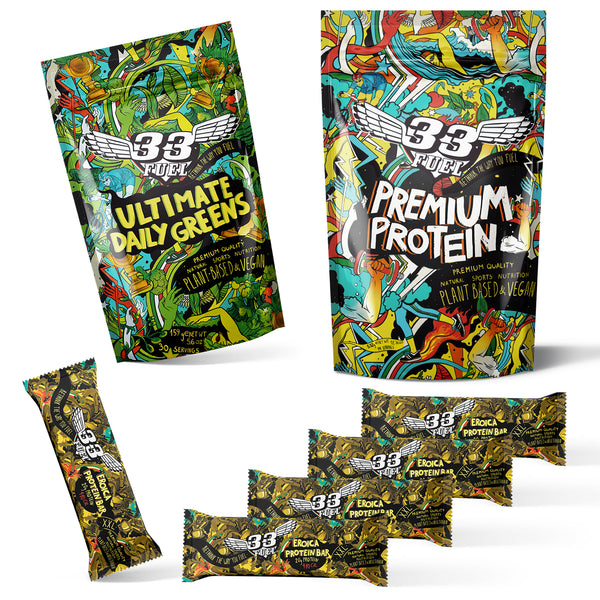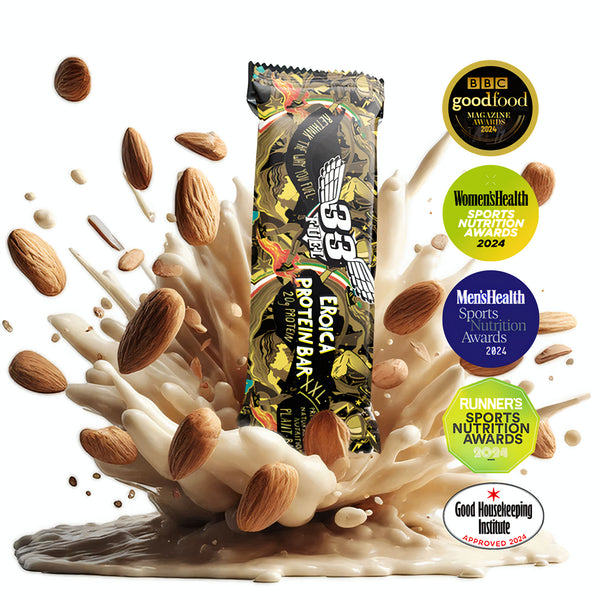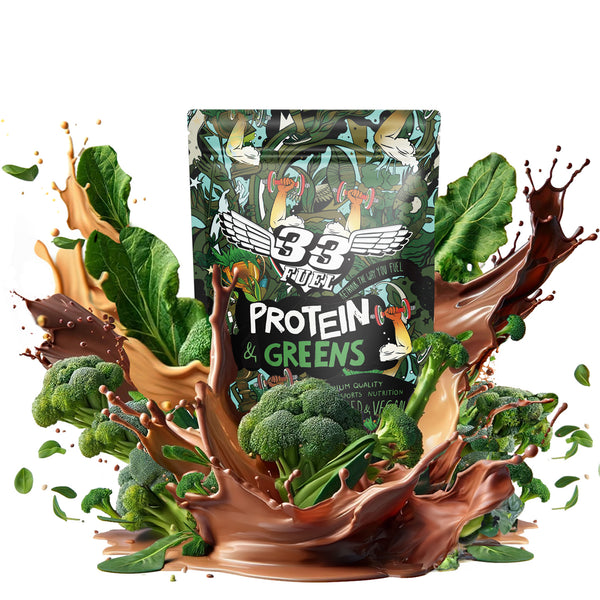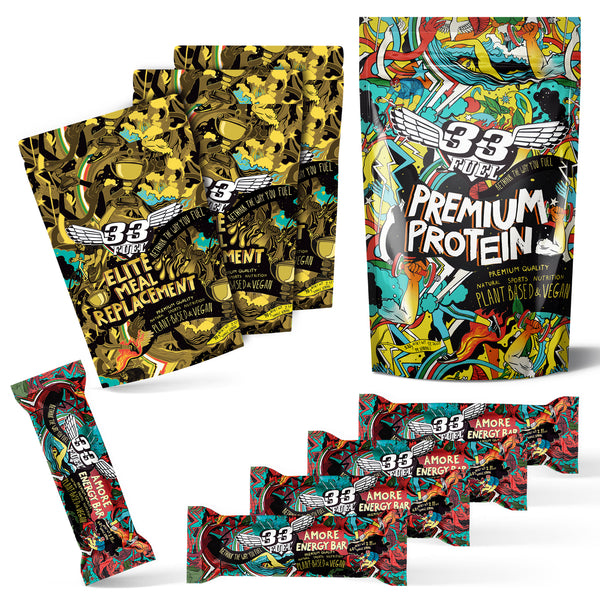Strength Training For Runners - 7 Best Exercises
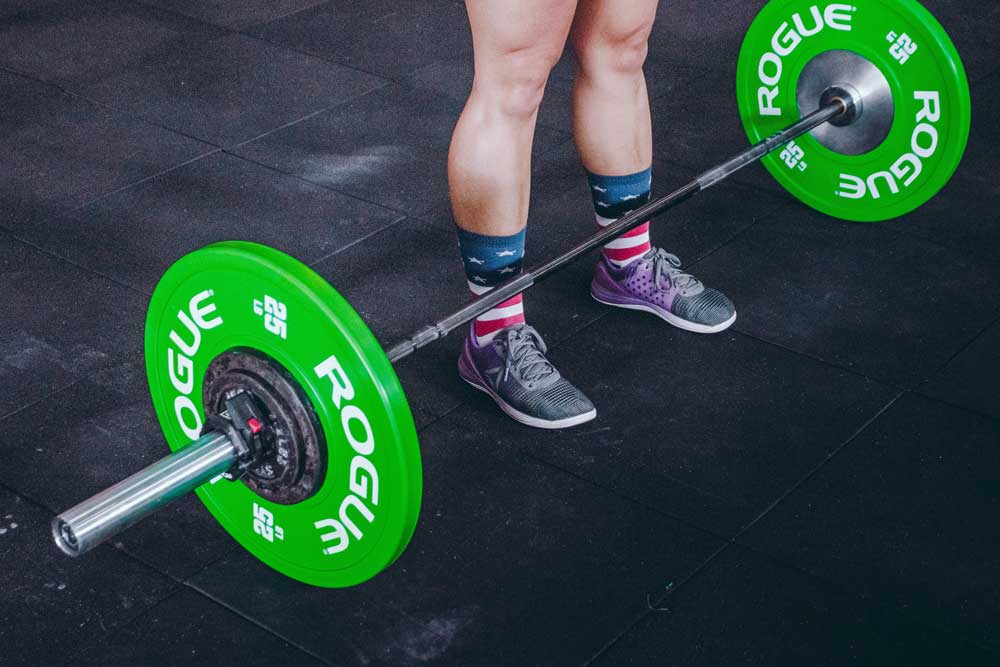
Strength training is crucial for runners. Add it to your schedule today and you'll improve endurance, speed and running economy and even reduce injury occurange. These moves are the seven best strength training exercises for runners
Note: This isn’t a guide on how to complete each exercise – there’s plenty of videos online - but a guide to the best ones to include in your marathon, Ironman and cyclings training schedule.
Support strength training with award-winning sports nutrition
Strength training for runners #1: Deadlift
I’ve started with deadlifts for a reason. Above all others, the deadlift is king. Deadlifting is great for several reasons:
- It’s run-specific. Strengthen your entire posterior chain - glutes, hamstrings, calves, quads, back and shoulders - to run faster and with better form
- It’s safe. Unlike some complex movements, correct technique is fairly simple meaning fewer injuries
- You can go heavy. It’s easy to lift a heavy weight safety. The weight you can deadlift is generally the greatest weight you can shift in the gym
- Work your core. Your lower back, obliques and abdominals all need to fire
- It sheds fat. Recruiting a lot of big muscle groups means you burn a lot of calories

Deadlifts – the king strength exercise for runners, triathletes and cyclists
Strength training for runners #2: Single leg squat
Despite their popularity, I’d leave the traditional squat at the gym turnstile for two reasons:
- Perfect form is difficult to master and lower back and knee injuries are common consequences of poor form
- It’s very easy to go too heavy, compounding injury liklihood
Instead of the standard version, hit single leg squats. They:
- Are more run specific
- Work more tendons and ligaments, contributing to injury prevention
Also known as the pistol squat, single leg squats activate nearly every muscle below the waist and due to the balance needed also work your core, tendons and ligaments and small stabilising muscles.
Strength training for runners #3: Lunge
Lunges are brilliant for runners because they work each leg independently. Lunge variations include:
- Step forward lunge. Focuses the effort on your glutes and hamstrings
- Step backward lunge. Challenges your balance more and hits the quads harder
- Lateral lunge. A sideways lunge drills your glute maximus, hip abductors and groin
Of all exercises, lunges hit muscles we often neglect. This means the delayed onset muscle soreness (DOMS) after your first session may leave you waddling like John Wayne.
Embrace the pain, it shows they’re working.
Strength training for runners #4: Box jumps
Plyometrics involve explosive, repeated contractions. Think skipping, jumping, hopping and clap press-ups.

Any kind of jumping is a plyometric exercise and will improve marathon performance. If you can do it in scenery like this, then you’re winning!
Their value lies in the development of tendon's ability to store energy and reuse it during the foot-strike phase. Storing this kinetic energy means you’re relying less on muscle for propulsion.
Watch elite runners for example. You’ll notice the bounce with which they run compared to those who appear to ‘muscle through’ a run.
When you consider that running is essentially a series of ballistic single leg jumps, you can see why plyometrics are important. But they're also useful for cyclists too, to develop high end force and power production.
There’s a myriad of plyometric exercises from skipping to high jumps, but box jumps are the most effective and best place to start.
Strength training for runners #5: Dumbbell bench press
One of strength training’s greatest benefits to marathon runners is the reduction in injury occurrence. To maintain achieve this, it’s important to address your upper body.
Don’t worry, you won’t bulk – here’s why – but a strong upper body is needed.

When performed correctly, the dumbbell bench press works your pectorals, triceps and abdominals. Strengthening these will stop you slumping in the latter stages of a marathon, long distance triathlon or cycling event.
Strength training for runners #6: Seated row
If you’re going to bench press, then you need to work opposing muscles to maintain balance.
It’s easy to spot those who don't: avid bench-pressers who pay little attention to their backs walk around hunched over as their strong but shortened pecs pull their shoulders inwards.
During a marathon - either standalone or during an Ironman - we want to run with a nice open chest. So you also need to work on your upper back. The seated row works your latissimus dorsi, trapezius, rhomboids and lower back – the perfect accompaniment to a bench press.
Strength training for runners #7: Core
 Planking strengthens core muscles key for running form
Planking strengthens core muscles key for running form
We've all heard it a million times: Core training will help pretty much every single sports. In fact, I can't think of one that it wouldn't. Even darts and snooker players would benefit from a strong, stable core.
So, whether you're in the gym or at home, focus on these five core exercises to supplement your strength training:
- Glute bridge. Single and double legged
- Plank. Keep it interesting with variations
- Side plank. Hit your obliques
- Lying hip clam. Your glutes will burn
- Leg raises. Works both core and hip flexors
Strength training for runners - Conclusion
This list is not exhaustive and it’s worth introducing new exercises to keep things interesting and your body guessing but these six will ensure you're challenging your body in the right ways for better marathon, Ironman and cycling performance.
After every strength training session, it’s important to consume high quality protein, preferably in the form of real food. When you can’t sit down to a meal, get a protein shake in you to kick-start the repair process. Our Premium Protein contains just six natural ingredients and none of the rubbish you find in most whey powders.

High quality protein like our plant-based Premium Protein post-strength training ensures you recover quicker
More performance boosting content
From the Vlog - Strongman to World Tour cycling nutrition
From the Podcast - Elite triathlon performance with Grant Sheldon
From the Blog
Four benefits of strength training for endurance running
Five strength training myths busted
Best protein for endurance athletes
Nutrition for marathon training
Whey protein vs plant protein – which is best?




